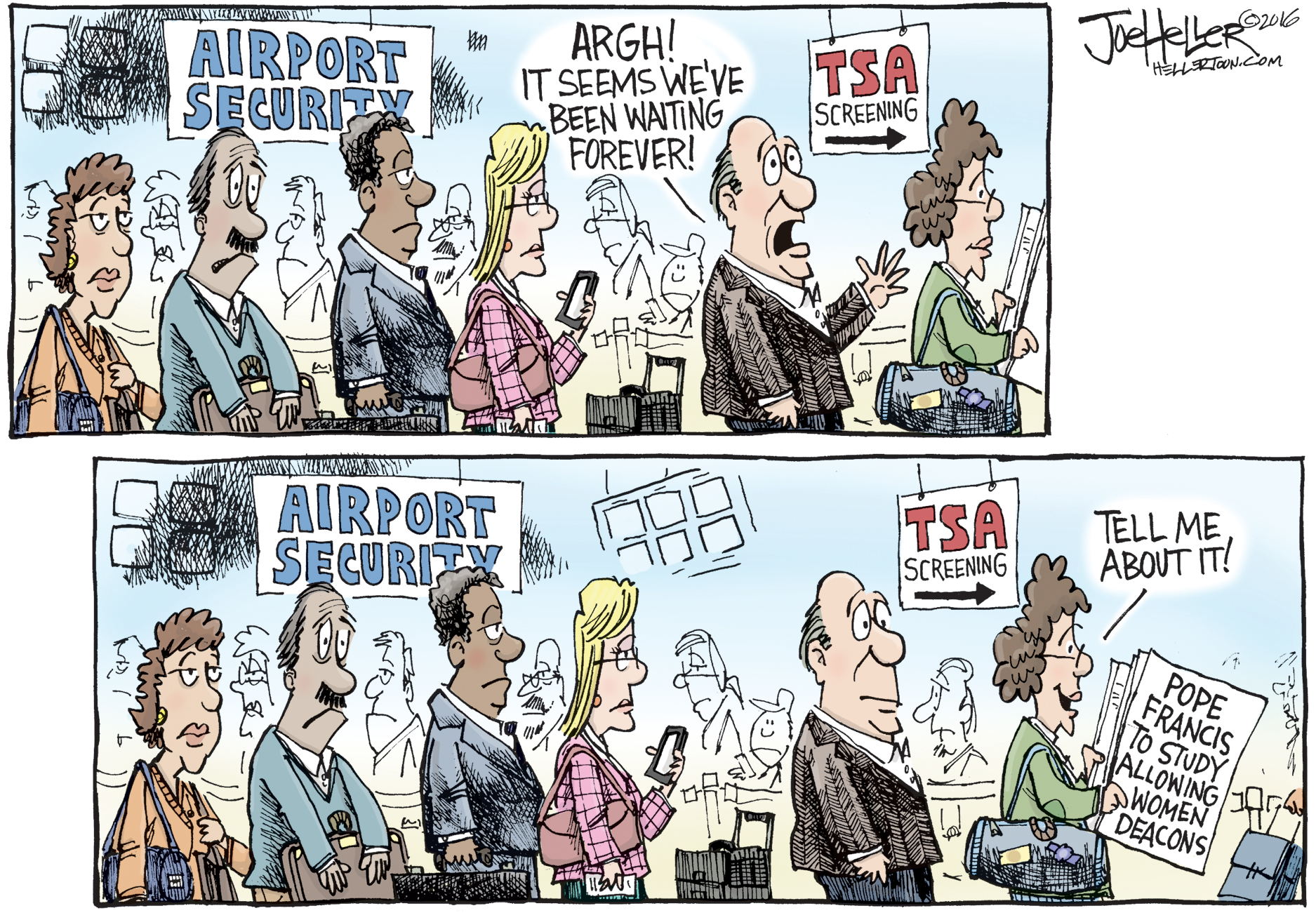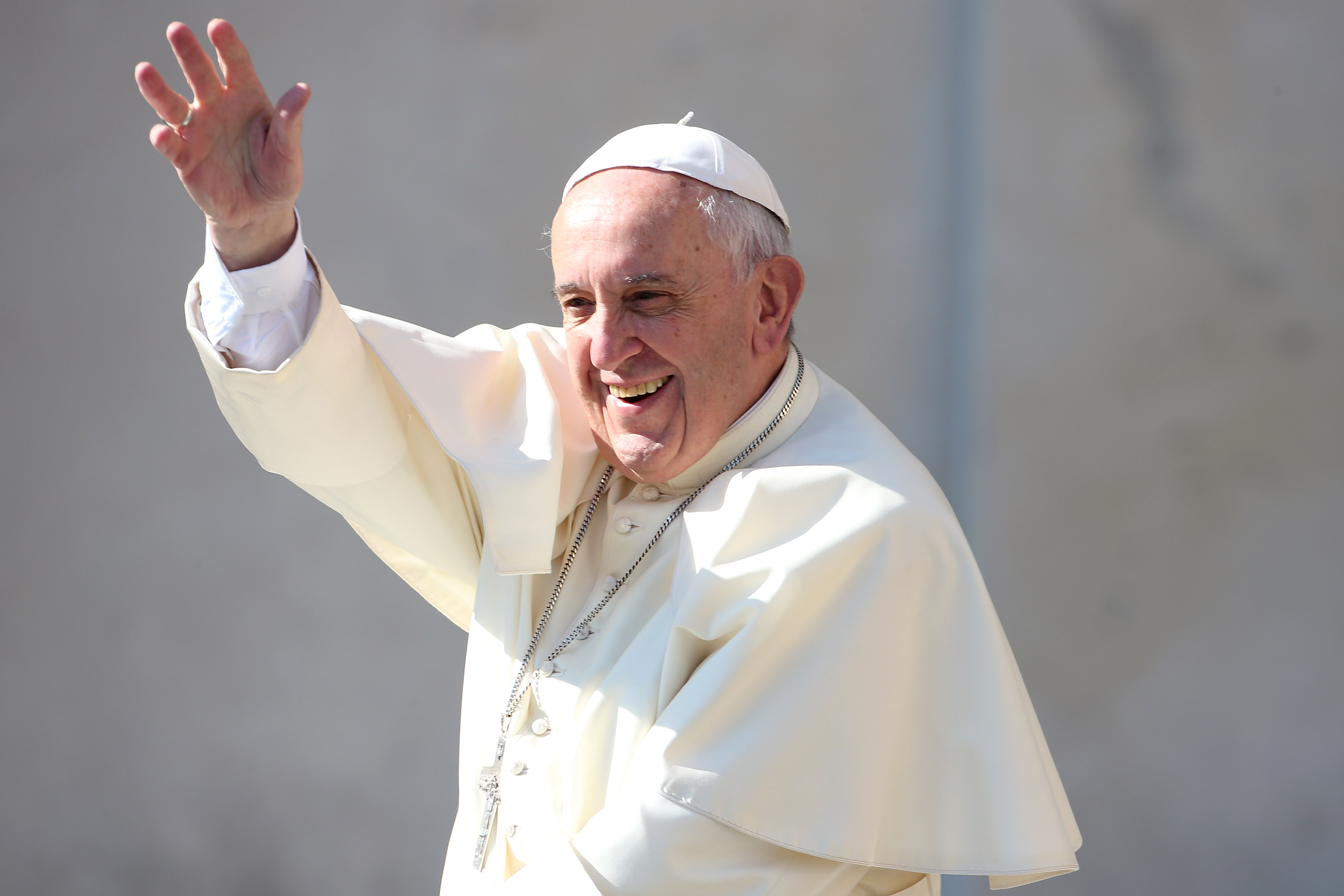When it comes to the Catholic Church, change doesn’t happen overnight. But Pope Francis is making waves, and one of the most intriguing topics in recent years revolves around women deacons. Yes, you heard that right—women deacons. This idea has sparked debates, inspired hope, and raised eyebrows across the globe. So, buckle up because we’re diving deep into this game-changing conversation.
Let’s be real for a second. The Catholic Church has been a male-dominated institution for centuries. From priests to bishops, the hierarchy has largely excluded women from leadership roles. But Pope Francis? He’s shaking things up. By reopening discussions about women deacons, he’s challenging the status quo and giving a voice to those who have long been marginalized. This isn’t just about theology; it’s about justice, equality, and the future of the Church.
Now, before we dive into the nitty-gritty, let’s set the stage. The idea of women deacons isn’t new. In fact, it dates back to early Christianity. But over time, the role of women in the Church diminished, and their contributions were often overlooked. Fast forward to today, and Pope Francis is reigniting the conversation. So, why does this matter? Stick around, and we’ll break it all down for you.
Read also:Barkley Booed For Homeless Comment The Story Behind The Backlash
What Are Women Deacons, and Why Are They Important?
Alright, so you might be wondering, what exactly is a deacon? Think of a deacon as a bridge between the laity and the clergy. They assist with Mass, perform baptisms, and even preside over weddings. Traditionally, this role has been reserved for men. But here’s the twist: historical records suggest that women once served as deacons in the early Church. Cool, right?
Women deacons weren’t just figureheads; they were active participants in the Church’s ministry. They ministered to other women, performed baptisms, and even played a role in catechism. Fast forward to today, and the absence of women in these roles feels like a glaring omission. By bringing women deacons back into the fold, the Church could take a huge step toward gender equality.
Historical Context: The Forgotten Role of Women Deacons
Let’s rewind the clock for a moment. In the early days of Christianity, women deacons were a thing. Seriously. They were mentioned in the New Testament, and their roles were documented in early Church writings. But somewhere along the line, the tradition faded. Some argue that societal norms and cultural shifts contributed to this decline. Others point to theological debates and patriarchal structures. Whatever the reason, the absence of women deacons left a void that’s only now being addressed.
Pope Francis: A Champion for Change
Pope Francis isn’t your typical pope. He’s known for his progressive ideas and willingness to challenge the status quo. When he established a commission to study the role of women deacons in 2016, the Catholic world took notice. This wasn’t just a symbolic gesture; it was a clear indication that the Vatican was seriously considering this issue.
But why is Pope Francis so invested in this topic? For starters, he’s a man of action. He believes in inclusivity and justice, and he understands the importance of giving women a voice in the Church. By reopening the discussion on women deacons, he’s sending a powerful message: the Church belongs to everyone, not just a select few.
The Commission’s Findings: What We Know So Far
The commission established by Pope Francis didn’t exactly reach a definitive conclusion. Some members argued that women deacons could be reinstated, while others raised theological concerns. But here’s the kicker: the fact that the conversation is happening at all is a huge deal. It shows that the Church is willing to evolve and adapt to the needs of modern society.
Read also:Pope Francis Leaving Hospital Sunday A Closer Look At His Journey
Theological Perspectives: Is There Room for Women Deacons?
Now, let’s talk theology. Some critics argue that reinstating women deacons would undermine the Church’s teachings on ordination. Others believe that it’s a natural progression of the faith. So, where do we stand?
Here’s the thing: the sacrament of Holy Orders is traditionally reserved for men. But deacons aren’t priests, and their role doesn’t involve the Eucharist. This distinction opens the door for women to serve in this capacity without violating Church doctrine. It’s a nuanced argument, but one that’s gaining traction among theologians and scholars.
Common Misconceptions About Women Deacons
Let’s clear up some misconceptions. First off, women deacons aren’t the same as women priests. The two roles are entirely different, and conflating them only adds to the confusion. Second, reinstating women deacons doesn’t mean the Church is abandoning its core beliefs. On the contrary, it’s an opportunity to deepen our understanding of what it means to be a faithful follower of Christ.
Global Perspectives: How the World Views Women Deacons
The conversation about women deacons isn’t confined to the Vatican. It’s happening in parishes, universities, and living rooms around the world. In fact, many Catholics—both men and women—support the idea. A recent survey found that a majority of Catholics in Europe and the Americas are in favor of women serving as deacons. That’s a pretty big deal.
But not everyone is on board. Some traditionalists argue that reinstating women deacons would weaken the Church’s authority. Others worry about the precedent it might set. Despite these concerns, the momentum behind this movement is undeniable.
Why This Matters for the Future of the Church
Here’s the bottom line: the Church needs to adapt to survive. In a world where gender equality is a top priority, excluding women from leadership roles feels outdated and unjust. By embracing women deacons, the Church could attract a new generation of believers who value inclusivity and diversity.
Practical Implications: What Would Women Deacons Mean for the Church?
Okay, so let’s get practical. What would reinstating women deacons actually look like? For starters, it would mean more opportunities for women to serve in meaningful ways. They could assist with liturgical duties, minister to the sick, and even preach in certain circumstances. This would not only empower women but also enrich the Church’s ministry as a whole.
But there’s more. Women deacons could serve as role models for young girls and women, showing them that they have a place in the Church’s leadership. This kind of representation is crucial for fostering a sense of belonging and purpose.
Challenges and Opportunities: Navigating the Road Ahead
Of course, there are challenges to overcome. Some parishes might resist the change, and theological debates are bound to continue. But these challenges shouldn’t deter us from pursuing what’s right. The opportunity to create a more inclusive Church is too important to ignore.
Support for Women Deacons: Voices from the Faithful
Don’t just take our word for it. Listen to the voices of the faithful. Many Catholics are speaking out in favor of women deacons, sharing personal stories and testimonials. These voices remind us that this isn’t just an academic debate—it’s a real issue that affects people’s lives.
One woman from Brazil shared her story of feeling excluded from Church leadership. Another from the United States talked about how reinstating women deacons could inspire her to become more involved in her parish. These stories highlight the human side of this issue and underscore its importance.
How You Can Get Involved
If you’re passionate about this topic, there are ways to get involved. Start by educating yourself and others about the history and significance of women deacons. Attend events, join discussions, and support organizations that advocate for gender equality in the Church. Every voice counts, and together, we can make a difference.
Conclusion: The Path Forward
In conclusion, the conversation about Pope Francis and women deacons is far from over. It’s a complex issue with theological, cultural, and societal implications. But one thing is clear: the Church is at a crossroads, and the decisions made today will shape its future for generations to come.
So, what can you do? Start by staying informed and engaging in respectful dialogue. Share this article with friends and family, and encourage them to learn more about this important topic. And remember, the Church belongs to all of us. Let’s work together to build a more inclusive and just future.
Table of Contents
- What Are Women Deacons, and Why Are They Important?
- Historical Context: The Forgotten Role of Women Deacons
- Pope Francis: A Champion for Change
- The Commission’s Findings: What We Know So Far
- Theological Perspectives: Is There Room for Women Deacons?
- Common Misconceptions About Women Deacons
- Global Perspectives: How the World Views Women Deacons
- Why This Matters for the Future of the Church
- Practical Implications: What Would Women Deacons Mean for the Church?
- Challenges and Opportunities: Navigating the Road Ahead
- Support for Women Deacons: Voices from the Faithful
- How You Can Get Involved


